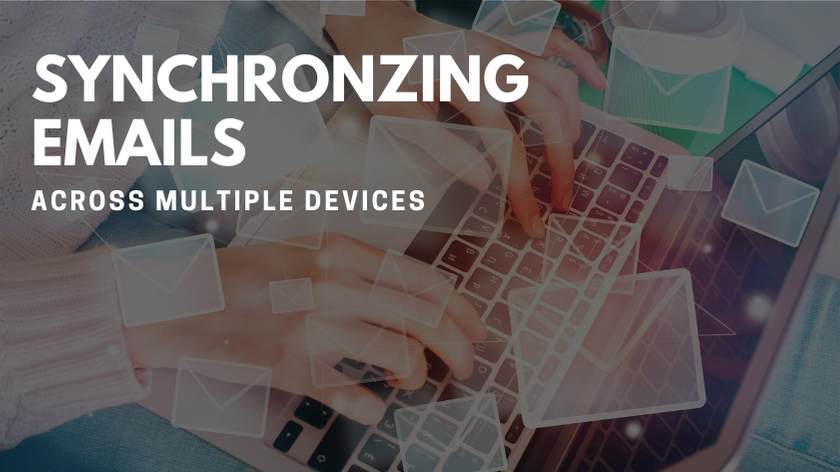As a business professional, you’re constantly glued to your email. You probably access it on multiple devices including your computer, tablet, and smartphone. It can be cumbersome to sort through the same messages on multiple devices. Plus, there’s the fear of losing email history due to a computer virus or theft. Fortunately, there is a way around this! Synchronizing emails across multiple devices is the best way to manage your professional emails. Here’s how you can do so.
IMAP versus POP3
When setting up your email account on different devices, you have the option of using IMAP or POP3. We won’t go into what these acronyms stand for, but instead, let’s cover what they mean to you. IMAP allows you to view emails and folder structures on the email server. POP3 downloads a copy of emails to your local device. These are important differences.
Why POP3 is Cumbersome
If using POP3, every device that you use downloads its own copy of every email. Thus, you could end up sorting through the same email messages on each device. It’s as painful as it sounds! There is an option to delete messages from the server once it’s downloaded, but this would mean that an email that you have downloaded to one device is no longer available on others. This isn’t great either since your email history then gets stored in different places, making it difficult to find. Of course, you could use different delete settings on different devices, but again, that can get complicated. It’s difficult enough to manage emails without having to review the same messages over and over again or remember which device might have important messages that you need. Fortunately, there’s a better solution.
Using IMAP
IMAP is the best solution for synchronizing emails across multiple devices. First and foremost, a copy of all emails are retained on the server, which is a nice backup should something happen to your particular device. You can even access the email server directly, if needed. Additionally, your folder structure is created on the server, so you can see that same structure on every device. Lastly, once you read, file, or respond to messages, it synchronizes across all devices that are connected to this email account via IMAP. This saves you valuable time and energy.
More on Synchronizing Emails Across Multiple Devices
Most email servers offer IMAP as an option. Contact your email provider for information on applicable settings. Normally, the incoming server, outgoing server, and port numbers are different when using IMAP versus POP3. Also, you may need to configure each device to properly save outgoing emails into the correct folder. Since all emails are stored on the server, be aware of storage limits over time. By using IMAP and configuring your devices properly, you’ll be synchronizing emails across multiple devices and managing your email history with ease.



